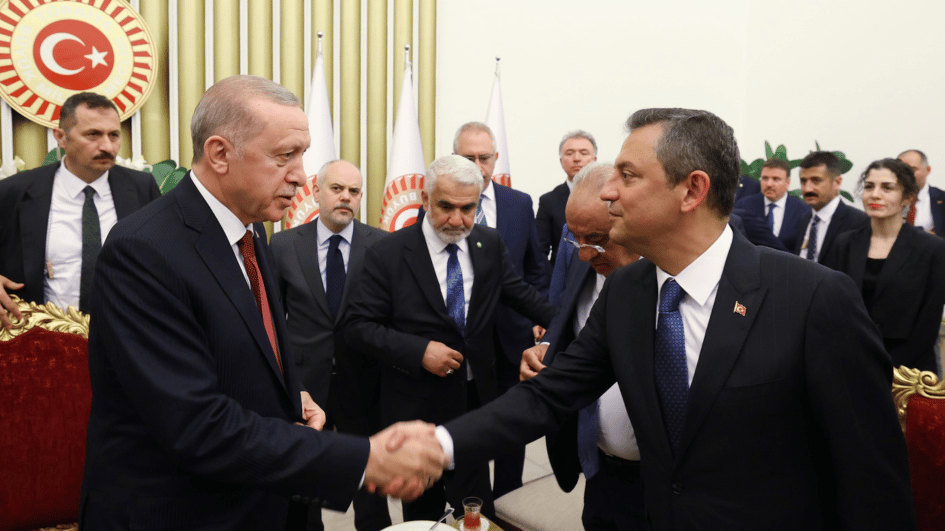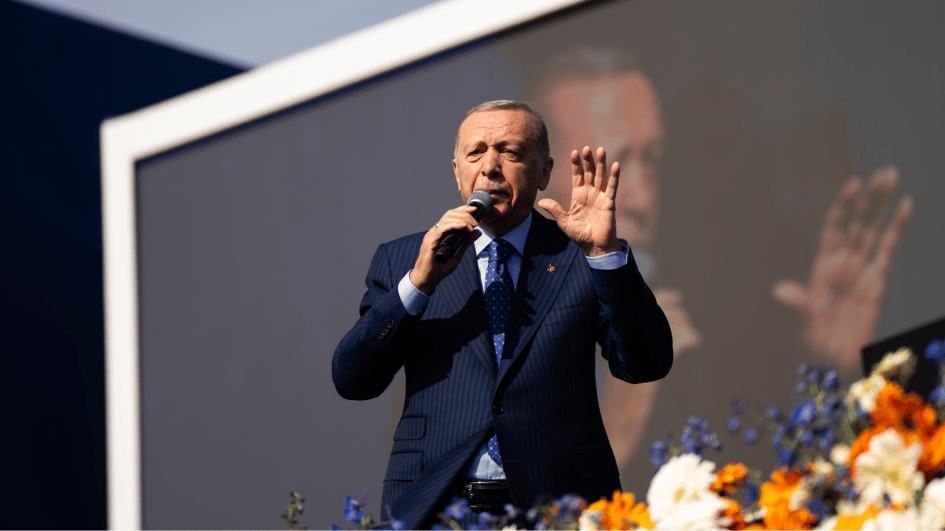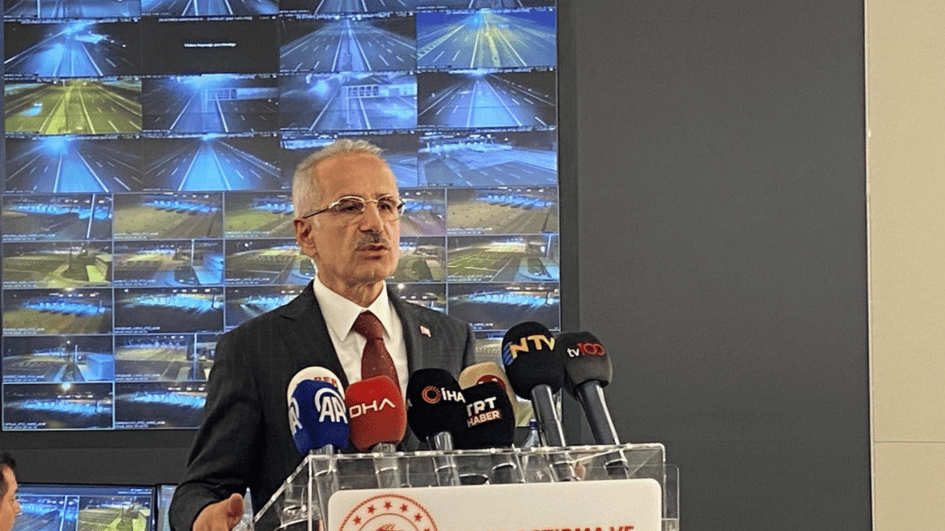The Turkmens of Bayırbucak
The Turkmens of the Bayırbucak region in northwest Syria are subject to the attacks of Bashar al-Assad and Russian forces not only because they are Turkmens but also because their strategic location is extremely important.
The clearance of Turkmens in this region bears two results: One, the al-Assad regime and Russia would enlarge their dominance regions; two, the Turkmen presence in the south of Hatay would be finished and the place would be inhabited by a population supporting al-Assad.
When the cease-fire talks start on Jan. 1, 2016, the al-Assad regime wants to sit down at the negotiation table with this strength in its hand.
Russian planes via air and the Lebanese Shia Hezbollah militia via land are the striking forces of al-Assad.
Do you see how complicated calculations are in the Middle East?
The current Turkish-Syrian border was drawn with the Oct. 20, 1921, agreement signed between France, the mandatary of Syria, and the Ankara government; regions such as Hatay as well as Bayır and Bucak were on the Syrian side. This was approved in Lausanne.
Mersin deputy Niyazi (Ramazanoğlu) Bey delivered a very important speech in the parliament on the day of Aug. 21, 1923. He stated that while the 1921 agreement was signed, Ankara was still in a very troubled situation and criticized the acceptance of the border agreed upon in 1921.
In his speech, Niyazi Bey explained the Turks who were left on the Syrian side as such: “There were three villages left to us from Hassa. Others were Teyek, Ekbez, Beylan, the boroughs of İskenderun, the township of Reyhaniye, the Antakya district, the Ordu district, the Bayır, Bucak and Hazine townships, a major portion of the Kilis borough, the Elbeyli and Turkmen districts south of Çobanbey-Cerablus region of Antep… This is all Turkish soil that constitutes integrity with the motherland…” They were all on the Syrian side.
Who are these Turkmens?
With a huge diplomatic victory during the period of 1937–39, Hatay was annexed to mainland Turkey; Bayırbucak Turkmens remained on the other side.
Nationalist Movement Party (MHP) member Mehmet Şandır, who himself is a Bayırbucak Turkmen, told me that during the Ottoman times, Bayır and Bucak boroughs were part of İskenderun that later became part of the Arab majority Lazkiye. If they had remained as part of İskenderun, they would have been within the borders of Turkey today.
Even though the Syrian Turkmens settled in Syria with the Seljuks, the Turkmens at the Bayır and Bucak regions were relocated there from Anatolia by the Ottomans, with the security of the hajj route and population strategy in the minds of administrators. For this reason, they have many relatives in Turkey.
Because they resisted and insisted on speaking Turkish (some of them even wearing hats inspired by the situation in Turkey), they were subject to heavy pressure from the Arab-French administration. For this reason, some of them took refuge in Turkey in 1938.
The ambition to draw national borders according to complicated ethnic identities has caused horribly bloody wars in modern history. It is one of the important reasons for both world wars.
The solution humanity has found is human rights and democracy without “forcing” borders. However, in the 21st century, ethnic and religious bigotry is violently shaking the borders in the Middle East. In such a tumult, Turkey has to demonstrate to the world how friendly and loyally Turkey acts to those societies that have showed friendship and loyalty to Turkey by using all the means of democracy and the tools provided as a part of the “coalition” for Syria.
And also by putting much more effort than usual into humanitarian aid, which the government is keen on. The public’s Turkmen sensitivity is positive in this sense.
In a region like the Middle East, the issue is beyond the justified sentiment of sympathizing with the Turkmens; it is critically important in terms of Turkey’s security.











